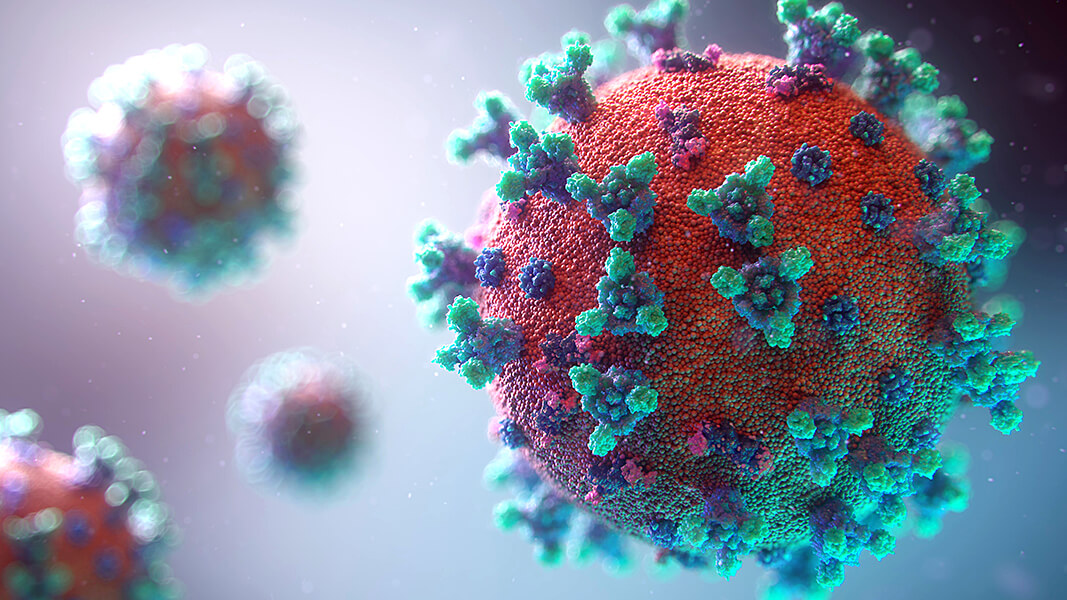
SARS-CoV-1 was first isolated from a patient suffering from severe acute respiratory syndrome (SARS). It was later found that bats were the natural reservoir for this virus. This was the origin and evolution of SARS-CoV-2.
After several years of research, scientists finally determined the origin of SARS-CoVs: civet cats.
Civets are small mammals native to Southeast Asia and Africa. They eat fruits and vegetables, which explains their name: “civet cat”.
They also hunt insects and rodents, which makes them perfect hosts for viruses.
Scientists believe that bat species are the natural reservoir for SARS-CoV. Bats live on trees, and they often feed on fruit and nectar.
They also share caves and tunnels with each other, making it easy for viruses to jump between these animals.
Bats also carry many different types of bacteria and fungi in their intestines, which helps explain how they become infected.
The Epidemiological Characteristics of COVID-19
COVID-19 spreads mainly via droplets produced during coughing and sneezing. These droplets can travel up to six feet away from the person who is coughing or sneezing.
It has a long incubation period ranging anywhere from two days to 14 days.
Symptoms usually appear within three to seven days after exposure.
The most common symptoms of COVID-19 include fever, dry cough, fatigue, muscle pain, headache, sore throat, runny nose, and diarrhea.
However, some patients develop pneumonia, which can also lead to death.
How did SARS-CoV evolve into SARS-CoV2?
There are four main factors contributing to the evolution of new coronaviruses:
- The host.
- The environment.
- Viral mutations.
- Host immune response.
The host plays an important role in the evolution of new coronaviruses. Hosts are organisms that harbor viruses.
Infected individuals produce antibodies against the virus as part of their body’s defense mechanism. These antibodies can neutralize the virus and prevent it from infecting healthy cells.
Clinical Characteristics of COVID-19
The clinical characteristics of COVID-19 vary depending on the severity of the infection.
Most cases are mild, but there are also cases of moderate and severe illness.
Mild cases do not require hospitalization. Moderate cases may need oxygen therapy. Severe cases require intensive care unit (ICU) treatment.
The mortality rate is estimated at 2%, although this number varies widely among countries.
Some studies show that older adults and those with underlying health conditions are more likely to die from COVID-19 than younger people without preexisting medical conditions.
What caused the coronavirus pandemic?
The virus originated from bats and spread to humans through an intermediate host, pangolins. This is why the World Health Organization (WHO) declared COVID-19 a global health emergency.
Current Situation of SARS-CoV-2 Epidemic
As of April 15th 2020, there have been over 4 million confirmed cases globally, with more than 200,000 deaths. The WHO estimates that the true case fatality rate may be as high as 2% or higher.
In the United States alone, there are at least 1.5 million confirmed cases, with more than 50,000 deaths.
In Europe, there are currently about 100,000 cases, but this number continues to rise rapidly.
In Asia, there are currently over 3 million confirmed cases, with nearly 80,000 deaths.
What can we do to stop the spread of SARS-Co-2?
There are certain ways involved in preventing the spread of coronavirus:
- The best way to prevent infection is by washing your hands frequently for 20 seconds using soap and water. If you cannot wash your hands properly, use alcohol-based hand sanitizer instead.
- Avoid touching your eyes, nose, and mouth. Covering your coughs and sneezes with a tissue, your elbow, or your sleeve will help reduce the spread of germs.
- Stay home if you feel sick. Do not go out unless it’s absolutely necessary.
- If you must leave your house, wear a face mask, cover your mouth when coughing or sneezing, and stay 6 feet away from other people.
- If you think you might have contracted the virus, call ahead before going to the doctor so they can prepare for your visit.
What are the different variants?
Different mutations carried out by viruses result in the formation of new variants. There are two variants of the virus that causes COVID-19 coronavirus. The two variants of the covid-19 affected the world severely namely Delta (B.1.617.2) and Omicron (B.1.1.529) variants. Delta variant has been found to be prevalent in China while Omicron variant was reported in Italy. The omicron variant is more infectious than the dela variant but the fatality rate is lesser than it.
